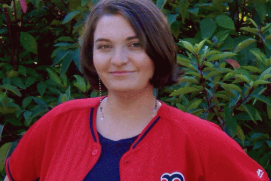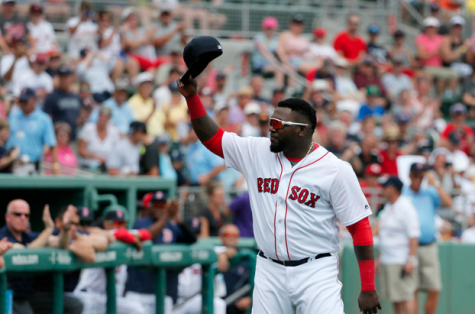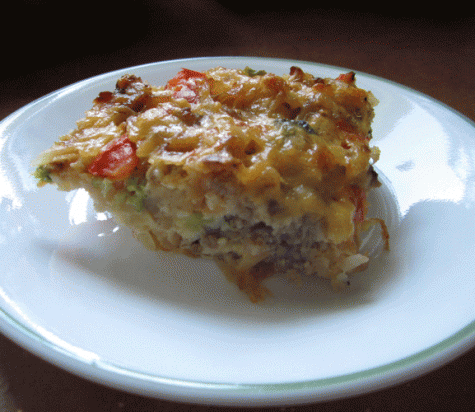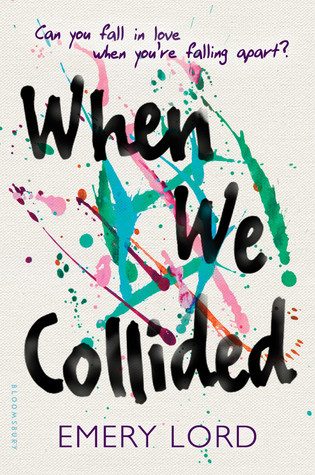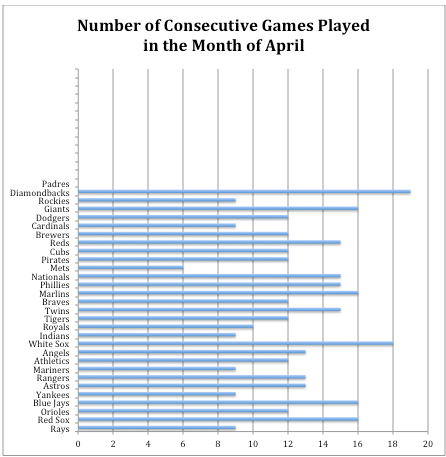Rattling the Stars; A Look At The Female Anti-Hero in YA Literature
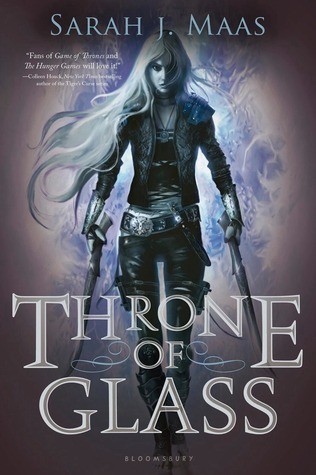
“Throne of Glass,” the first book in Sarah J. Maas’s bestselling series.
Let’s go rattle the stars.
No, those words aren’t mine; they’re Aelin Ashryver Galathynius’s.
Now a name like that, while highly unpronounceable, is memorable; it’s not one that you just forget. But you may know Aelin better as Celaena Sardothien. Or, you may not know her at all.
Allow me to introduce you: Aelin is the main character of Sarah J. Maas’s New York Times bestselling Throne of Glass series.
In the first book, she’s a deadly assassin. In Crown of Midnight, the second book in the series, she’s the King’s Champion; that is, the King’s personal assassin. In Heir of Fire, the next book, she’s revealed to be Aelin—Queen of her former homeland. But in the latest installment in Maas’s series, Queen of Shadows, Aelin is something completely different: A female Anti-Hero.
An Anti-Hero is described by the Oxford dictionary as a “central character in a story, movie, or drama who lacks conventional heroic attributes.” Aelin fits this definition to a T: She’s a deadly assassin, who, over the course of four books, has been able to hone her skills, acquire the use of magic, and gain a loyal following because of her status as Queen.
And, as an ex-flame of hers so keenly points out, there is no system of checks and balances when it comes to her abilities. Aelin is able to do whatever she pleases in the name of vengeance.
And it is so frequently that this is the key motivator behind Anti-Heroes: Vengeance. It’s even in the title of Erin Bowman’s latest Western release, Vengeance Road, which follows eighteen-year-old Kate as she seeks revenge against the gang that murdered her father.
Kate’s revenge? Killing them all.
To see Eleanor from Rainbow Rowell’s highly acclaimed novel Eleanor & Park kill someone would horrify readers. Similar reactions would take place if John Green decided to let Margot–or, God forbid, Hazel Grace Lancaster–go out on a killing spree.
But to see Aelin or Kate kill? It happens; it’s okay. They move on; we move on.
Why, then, is it okay for some characters to take a life, but not others? It comes down to three things: Character, motivation, but mostly, emotion.
In a recent piece with The Atlantic, Egyptian writer Alaa Al Aswany discussed how literature relates to emotion.
“We should understand that people are not bad,” said Aswany, “but they can do bad things under particular circumstances.”
We as readers can forgive—and even be okay with—characters who kill for a good reason with solid emotional backing. Adelina, Marie Lu’s main character in The Young Elites and The Rose Society, kills her father because he physically and emotionally abuses her. Katniss, Suzanne Collins’s leading lady in The Hunger Games, kills several in her route to be the victor of the psychologically-chilling games.
But is it right for these characters to exist? Is it just? And most importantly, what message does it send?
Aelin Ashryver Galathynius kills. Repeatedly. And what does she get? She gets a queendom; a loyal following; great friends and family; a devoted boyfriend in (and I’m still not willing to let my ship of Chaolena sink).
Okay, fair enough. But what about Veronica Roth’s Divergent character, Beatrice “Tris” Prior? How’d everything go for her?
Exactly. It didn’t.
And while I strongly believe that all YA is morally ambiguous (*pointed look*), audiences are, more than ever, clamoring for characters that are Anti-Heros–and for good reason. No one in the world is perfect; no one is all good. So, why should the characters we read about be?
“…sometimes life doesn’t give you good choices and you have to make the best of it,”said YA author Lish McBride in a piece with Tor.com on the subject.
These new, predominately female Anti-Heroes are not here to send good messages to the kiddies. The stories of True Love’s Kiss awakening a princess (who’s morals should probably be questioned as well) have been replaced with epic adventures of princesses slaying their own dragons and delicate soliloquies of True Love being found at the end of hardship and mutual respect.
Aelin and Kate and Adelina and Katniss are here to prove that everyone is flawed; and that even the worst of us have redeeming qualities.
They are here to prove that anyone can rattle the stars.
